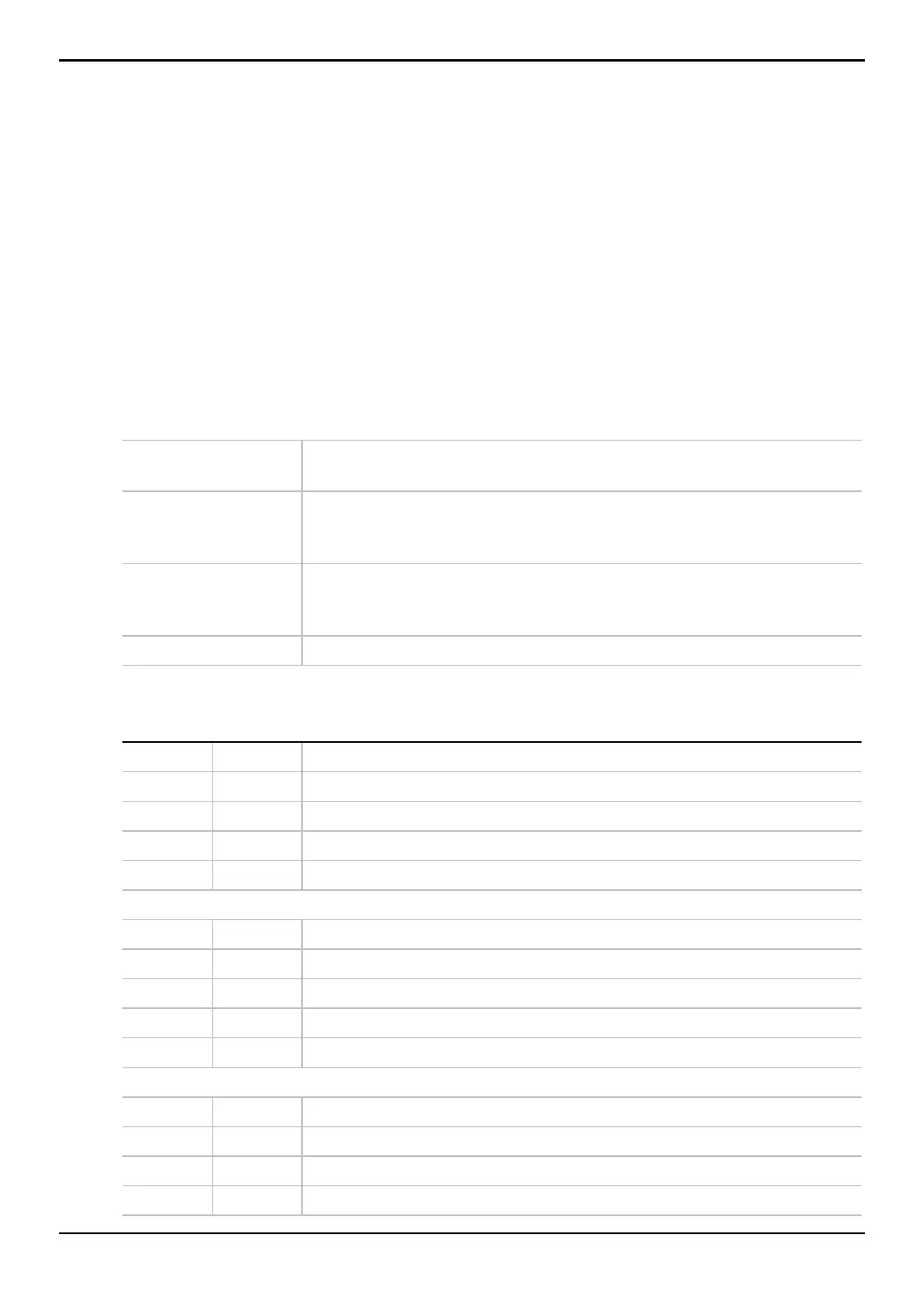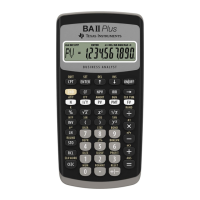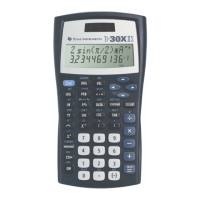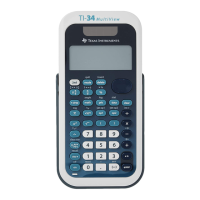TI-89 / TI-92 Plus / Voyage™ 200 PLT Statistics with List Editor App ˆ Tests Menu 173
ANOVA2-Way
Description
2 ˆ (
Tests) Æ D:ANOVA2-Way for the TI-89
ˆ (Tests) Æ D:ANOVA2-Way for the TI-92 Plus / Voyage™ 200 PLT
ANOVA2-Way computes a two-way analysis of variance for comparing the means of two to
twenty populations (levels of factor A called
Lvls of Col Factor). In the 2 Factor, Eq Reps
design, each of the considered populations has an equal number of levels of factor B (
Lvls
of Row Factor
). In the Block design, the levels of factor B are equal to the block.
The ANOVA2-Way procedure compares the means of the experimental factors, factor A,
factor B, and factor AB (the interaction effect). For each of the experimental factors, the
null hypothesis H
0
: m
1
=m
2
=...=m
k
is tested against the alternative hypothesis H
a
: not all
m
1
...m
k
are equal. In the case of the Block design, there is no interaction effect.
Inputs
Design
Block
In the Block design, each treatment (column factor) must be applied to
each kind of experimental material called a block.
Design
2 Factor, Eq Reps
In the 2 Factor, Eq Reps design, each input list (column factor) is divided
into the levels of the other experimental factor, where each level contains
repetitions.
Lvls of Col Factor
(2...10)
Number of column lists. In the 2 Factor, Eq Reps design there are both
row factors and column factors, allowing them to be studied
simultaneously.
Lvls of Row Factor Number of rows the columns are divided into.
Outputs Block Design
Outputs Stored to Description
F f F statistic of the column factor.
P Value pval Least probability at which the null hypothesis can be rejected.
df df Degrees of freedom of the column factor.
SS ss Sum of squares of the column factor.
MS ms Mean squares for column factor.
BLOCK
F fb F statistic for factor.
P Value pvalb Least probability at which the null hypothesis can be rejected.
df dfb Degrees of freedom for factor.
SS ssb Sum of squares for factor.
MS msb Mean squares for factor.
ERROR
df dferr Degrees of freedom of the errors.
SS sserr Sum of squares of the errors.
MS mserr Mean squares for the errors.
s s Standard deviation of the error.

